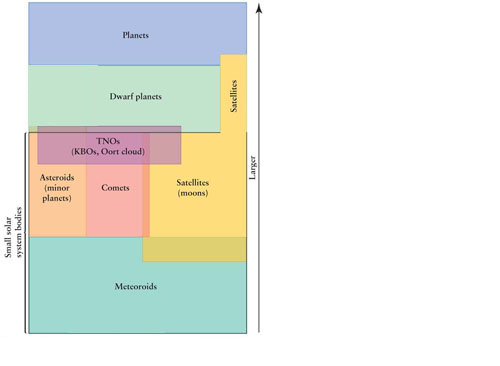Chapter 1. Classifying Solar System Bodies
Map Learning Exercises
Classifying Solar System Bodies
Question Asteroids are also _____?
5F9z3bUB8kcVyVUhd9KmatRTtzw/Vh80Z8iSXgdqqBHl4aZBXUNx0Z+gFl4NtwIE1hp5qUyazRolRaj+c4HGHzVR+7g=
Correct.
Please try again.
Question Large, but not a planet.
R6mOUhX77VX8rW8j6sHDvVmjEdapgLmfhyre2v55rEk+7GkDCLmb98dXAbdNQ5RytAitTUs5hXrkIjz6UfQ69uIWPyWErjWHFFiE0mHnDG/StYcjQg0xgNzd90z2Cvx+0wcTFiyjgA8=
Correct.
Please try again.
Question The "Kicked Out of the Planets" Club.
VowvbNj04dRwGyLj0Rq5frZU4JApDfRWae2haC6EUYZ/xMYKYTGeWx6Hl+q8cnDwXM09K8ZEC3h3Sb0mc2r6VulMjdtlip1JXWhfJOESMlOHcAEKOfu0qftQA1s+3XFI1b9Bf0Qq93CDtnbom/6YQML2m07nWMIcoT2VUe2Vk0JnB2V66ng7hCDnYp7Y/SH6009jng==
Correct.
Please try again.
Question Activity Completed
You have completed this activity!